Not Equal In R
When it comes to mathematical equations and expressions, the concept of “not equal” plays a significant role in indicating that two values are not the same. In mathematical terms, “not equal” can be defined as a binary relation that determines when two values are not identical or equivalent. This article delves into the meaning, symbol, and applications of “not equal” in different fields of mathematics, including programming and logic.
Definition of “Not Equal”
In its simplest form, “not equal” is a phrase used to express the idea that two values are not the same or do not hold identical characteristics. In mathematics, this concept is denoted by the symbol ≠, which is read as “not equal to.” This symbol signifies a comparison between two values, such that they are not equal.
Symbol for “Not Equal”
The most commonly used symbol for “not equal” is ≠. This symbol is derived from a combination of the equals sign (=) and a diagonal slash through it. In equations, the symbol is placed between two values to indicate that they are not equal.
Comparison to Other Mathematical Symbols
While the symbol ≠ represents “not equal,” it is important to understand its distinction from other mathematical symbols. The symbol ≠ should not be confused with the symbols for “less than” (<) or "greater than" (>). “Not equal” specifically refers to the case where two values are not the same, whereas “less than” or “greater than” denote a numerical relationship between two values.
Applications and Examples of “Not Equal”
The concept of “not equal” finds its application in various mathematical equations and real-life situations. In equations, “not equal” is used to express a condition where two values have different magnitudes, sizes, or characteristics.
In real-life situations, “not equal” can be observed in various contexts. For instance, when comparing the heights of two individuals, if their heights are not the same, we can affirm that they are not equal in terms of their physical stature. Similarly, if two cities have different populations, we can conclude that their population sizes are not equal.
Properties of “Not Equal”
The relation of “not equal” possesses several properties, including reflexivity, symmetry, and transitivity.
Reflexivity: The property of reflexivity states that any value is not equal to itself. This means that if we compare a value with itself using the “not equal” relation, the result will always be true.
Symmetry: The property of symmetry implies that if value A is not equal to value B, then value B is also not equal to value A. In other words, the order of the values being compared does not affect the outcome.
Transitivity: The property of transitivity asserts that if value A is not equal to value B, and value B is not equal to value C, then value A is not equal to value C. This property allows us to make logical deductions based on the “not equal” relation.
Non-Existence of “Not Equal” in Some Mathematical Systems
While “not equal” is a fundamental concept in mathematics, it is worth noting that in certain mathematical systems, such as Boolean algebra, the concept of “not equal” does not exist. These systems typically rely on a different set of operators and symbols to represent logical relations.
Common Misconceptions about “Not Equal”
One common misconception regarding “not equal” is its confusion with other symbols, such as “less than” or “greater than.” It is essential to differentiate between these symbols as they convey different meanings and are used in different mathematical contexts.
Another misconception arises when using “not equal” in inequalities. In mathematical inequalities, the symbol ≠ is not used. Instead, symbols like < (less than), > (greater than), ≤ (less than or equal to), or ≥ (greater than or equal to) are utilized to represent relationships between two values.
Extended Use of “Not Equal” in Programming and Logic
Beyond mathematics, the concept of “not equal” finds extensive use in programming and logic. In programming languages, the “not equal” operator, often represented as !=, is used to compare whether two values are not equal to each other. This operator plays a crucial role in decision-making and conditional statements.
In logic and set theory, “not equal” is connected to the concept of negation, which represents the logical opposite of a given statement. The negation of an equality statement is equivalent to a “not equal” statement. Various symbols, such as ¬ (negation) or ~ (tilde), are employed to represent negation in logic and set theory.
Related Concepts and Symbols in Mathematics
Alongside “not equal,” there are several other related concepts and symbols in mathematics that are worth exploring, such as equality and inequality symbols. The equality symbol (=) denotes that two values are identical or equivalent, whereas inequality symbols (<, >, ≤, ≥) represent comparisons between values.
Furthermore, various programming and mathematical languages have their own symbols and syntax for expressing “not equal.” In LaTeX, the symbol for “not equal” is \neq, while in R, it is represented as !=. Additionally, expressions like “if not” or “if else” can be used in R programming to convey the “not equal” relation.
In conclusion, “not equal” is a fundamental concept in mathematics, programming, and logic. This article has provided an overview of its definition, symbol, applications, properties, misconceptions, and extended use in different fields. Understanding the intricacies of “not equal” allows us to effectively compare values, make logical deductions, and communicate mathematical ideas accurately.
07. The Logical Operators In R (Or, And, Not Equal To, Equal To, Etc.) – R Programming
What Is The == Operator In R?
When working with data in R, it is crucial to compare variables and values to make decisions based on certain conditions. This is where operators play a significant role, allowing programmers to compare and evaluate expressions. In R, one such operator is the double equals sign, also known as the == operator.
The == operator is a comparison operator used to test for equality between two entities, such as variables, vectors, or data frames, in R programming. It returns a logical value of TRUE if the two entities are equal, and FALSE otherwise. Essentially, it helps to determine whether two objects have the same values, thus facilitating various comparisons and logical operations.
Understanding the syntax and usage of the == operator is vital for successfully operating within R and dealing with conditional statements or filtering data. Let’s explore its usage and functionality in detail.
Syntax and Usage:
To use the == operator, it is important to understand the appropriate syntax. The basic syntax is as follows:
entity1 == entity2
The entities can be any type of data structures in R, including vectors, lists, matrices, or data frames. It is crucial to note that the == operator tests for exact equality, comparing individual elements of vectors or corresponding elements of multiple data structures.
Here are a few examples to illustrate the usage of the == operator:
Example 1:
x <- 5
y <- 5
x == y
# Output: TRUE
In this example, both x and y are assigned the value of 5. By applying the == operator to compare x and y, we receive a logical value of TRUE, indicating that x is equal to y.
Example 2:
n1 <- c(1, 2, 3)
n2 <- c(1, 4, 3)
n1 == n2
# Output: TRUE FALSE TRUE
In this case, we define two numeric vectors, n1 and n2. By utilizing the == operator, we compare each corresponding element of the vectors. As a result, we obtain a vector of logical values (TRUE FALSE TRUE), indicating the equality of the corresponding elements of n1 and n2.
Example 3:
df1 <- data.frame(name = c("John", "Emma", "Sophia"), age = c(25, 30, 28))
df2 <- data.frame(name = c("John", "Emma", "Oliver"), age = c(25, 30, 28))
df1 == df2
# Output: name age
# TRUE TRUE
# TRUE TRUE
# FALSE TRUE
In this example, we compare two data frames, df1 and df2, by applying the == operator. The operator compares the corresponding elements of the data frames and returns a logical matrix displaying TRUE if the elements are equal and FALSE otherwise.
FAQs:
Q1: Are the == operator and the = operator the same in R?
The == operator and the = operator have distinct purposes in R. The == operator is used for comparison, checking for equality between two entities. On the other hand, the = operator is used for assignment, assigning a value or object to a variable. It is crucial to differentiate between the two to avoid unintended consequences in your code.
Q2: Can the == operator be used to compare character strings in R?
Yes, the == operator can be utilized to compare character strings in R. It compares the corresponding elements of the strings and returns a logical value. However, it is important to note that the == operator is case sensitive, so "hello" and "Hello" would not be considered equal.
Q3: Is there an equivalent operator for inequality in R?
Yes, there is an equivalent operator for inequality in R. The != operator is used to test for inequality. It returns TRUE if the two entities are not equal, and FALSE if they are equal.
Q4: Can the == operator be used with missing values in R?
When used with missing values (NA) in R, the == operator returns NA as the result. This means that comparisons involving missing values will not result in either TRUE or FALSE. To handle missing values in R, it is recommended to use the is.na() function.
Q5: Are there any other comparison operators in R?
Yes, there are several other comparison operators in R apart from the == operator. These include the > (greater than), < (less than), >= (greater than or equal to), <= (less than or equal to), and %in% (membership) operators. Each of these operators serves a distinct purpose and can be used in different scenarios to compare values or entities.
In conclusion, the == operator in R plays a crucial role in comparing values and entities. Its ability to test for exact equality allows programmers to evaluate conditions and make decisions based on comparisons. By understanding its syntax and usage, developers can utilize the == operator effectively in their R code and perform various logical operations. Remember to utilize other comparison operators for greater flexibility and to handle missing values appropriately.
Why R Is Not Equal To 1?
When it comes to mathematics, the concept of equality holds great importance. Numbers, equations, and variables – all are subject to this fundamental principle. However, in the realm of statistical analysis, a certain statistic known as “R” can often be misunderstood. R is commonly used to measure the strength of the relationship between two variables in a dataset, and it ranges between -1 and 1. Many people wonder why R is not equal to 1, despite the idea of a perfect correlation. In this article, we will delve deeper into the topic, explore the reasons behind this phenomenon, and answer some frequently asked questions to shed light on the matter.
To begin with, let’s understand what R represents. In statistics, R (also known as the correlation coefficient or Pearson’s correlation) is a measure of the linear relationship between two variables. It quantifies how well the values of one variable can predict the values of another variable. The value of R ranges between -1 and 1, representing the strength and direction of the relationship. A positive R close to 1 indicates a strong positive correlation, meaning that as one variable increases, the other variable also tends to increase. Conversely, a negative R close to -1 implies a strong negative correlation, suggesting that as one variable increases, the other variable generally decreases. On the other hand, if R is close to zero, it indicates a weak or no linear relationship between the variables.
Now, why can’t R be equal to 1? The answer lies in the definition of R itself. To calculate the value of R, we consider the ratio of the covariance of the two variables to the product of their standard deviations. Essentially, R measures the strength of the linear relationship but cannot capture all forms of relationships. A correlation of 1 would mean that all the data points fit perfectly on a straight line, leaving no room for any variability. However, in most real-world scenarios, the data is subject to inherent randomness and unpredictability, making it highly unlikely for all data points to align perfectly in a straight line.
Furthermore, R only measures the linear association between variables and does not account for other types of relationships, such as nonlinear or curvilinear associations. It is crucial to remember that correlation does not imply causation. Even with a strong correlation, it does not prove that one variable directly causes the other to change. Hence, despite the concept of a perfect correlation being mathematically appealing, it is rarely encountered in practical situations.
Frequently Asked Questions (FAQs):
Q: Can R be greater than 1 or less than -1?
A: No, R cannot exceed 1 or be less than -1. The range of -1 to 1 represents all possible values for the correlation coefficient R.
Q: Can R be 0?
A: Yes, R can be 0. A correlation of 0 indicates no linear relationship between the variables. However, this does not necessarily mean that there is no relationship at all; it simply means that any relationship between the variables is not linear.
Q: Can R tell us if a relationship is causal?
A: No, R alone cannot establish causation. Correlation only indicates the strength and direction of a relationship, but it does not prove that one variable is causing the other to change. Additional research and evidence are necessary to determine causality.
Q: Are there other measures of relationship apart from R?
A: Yes, there are other measures of relationship, such as the rank correlation coefficient (Spearman’s Rho) and the phi coefficient (used for categorical variables). These measures capture different aspects of the relationship between variables and may be more appropriate in certain situations.
Q: Is R affected by outliers in the data?
A: Yes, outliers can have a significant impact on the value of R. Outliers are extreme values that deviate from the pattern of the majority of the data points. They can distort the relationship and lead to misleading correlation values. Thus, it is important to carefully examine and handle outliers when interpreting the correlation coefficient.
In conclusion, the statistic R, as a measure of the strength of the linear relationship between two variables, is indeed an essential tool in statistical analysis. However, its inability to reach 1 is rooted in its mathematical definition and the inherent variability and randomness present in real-world data. Understanding the limitations of R and its interpretation is crucial for accurate analysis and avoiding misconceptions in statistical relationships.
Keywords searched by users: not equal in r Not equal in LaTeX, Not in% in R, If not in r, In R, If else in R, Comparison in R, Operator in R, In LaTeX
Categories: Top 68 Not Equal In R
See more here: nhanvietluanvan.com
Not Equal In Latex
LaTeX, a document preparation system widely used in academia, allows users to typeset complex mathematical formulas and equations with ease. One essential symbol frequently employed in mathematical equations is the “not equal” sign. In this article, we will explore various methods to produce the “not equal” symbol in LaTeX, along with some frequently asked questions regarding its usage.
Typesetting “Not Equal” Symbol in LaTeX:
——————————————
LaTeX provides several ways to generate the “not equal” symbol, enabling users to choose the most suitable option for their needs. The most common approaches are described below:
1. Math Mode: One of the simplest methods to produce the “not equal” symbol is to enter the command \neq inside a math environment. This command will render the symbol “≠” indicating “not equal.” For instance, typing $a \neq b$ will generate “a ≠ b” within the content.
2. Special Characters: LaTeX also offers a range of predefined special characters that can be used directly to represent the “not equal” symbol. The command \ne is used to produce the symbol “≠” in both text and math modes. However, it is worth noting that the spacing may differ depending on the mode employed.
3. AMSFonts Package: AMSFonts is an extension package for LaTeX that enhances the font support, particularly for mathematical symbols. By loading the package with \usepackage{amsfonts} in the preamble, users can utilize the \ncong command to obtain the “not congruent” symbol “≇,” which resembles the “not equal” sign.
4. LaTeX Symbol Libraries: LaTeX offers various symbol libraries that can be imported conveniently. For instance, the MnSymbol library provides the \nparallel command, generating “∦” or “∦”. Although primarily used to represent parallel lines, it can also serve as an alternative for the “not equal” symbol in certain contexts.
Frequently Asked Questions:
—————————
Q1. How can I change the size of the “not equal” symbol?
A1. The size of the “not equal” symbol can be modified using LaTeX’s font size commands. For example, \Huge$a \neq b$ will render a larger “not equal” symbol.
Q2. Can I combine the “not equal” symbol with other mathematical symbols?
A2. Yes, LaTeX allows easy combination of the “not equal” symbol with other mathematical symbols. For instance, the expression $a \neq 0 \cup x \notin A$ combines the “not equal” symbol with “union” and “not in” symbols.
Q3. How can I negate the “not equal” symbol?
A3. To negate the “not equal” symbol and create the “equal” symbol, the command \not\neq can be used. This will produce a crossed-out version of the “not equal” sign, indicating its negation.
Q4. Are there any other packages that offer alternative “not equal” symbols?
A4. Yes, apart from the options mentioned earlier, other packages like amssymb, stmaryrd, and txfonts provide additional symbols that can be used for “not equal” comparisons. However, familiarity with these packages is recommended for their effective utilization.
Q5. How can I represent “approximately not equal to” in LaTeX?
A5. LaTeX provides the command \approx that generates the “approximately equal to” symbol “≈”. To indicate “approximately not equal to,” this symbol can be combined with the “not” negation symbol. For example, typing $a \not\approx b$ will produce “a ≉ b” indicating “a is approximately not equal to b.”
Q6. Are there any alternatives to the “not equal” symbol?
A6. While the standard “not equal” symbol is widely recognized and accepted, some users may prefer alternative symbols like “\” or “\neqslant” provided by the package mathabx or “\noteq” offered by the package unicode-math. However, it is essential to ensure consistency and clarity while using such alternatives.
In conclusion, LaTeX provides several methods to typeset the “not equal” symbol, allowing users to choose the most appropriate option based on their requirements. Whether it is using the \neq command, predefined characters like \ne, additional packages like AMSFonts, or LaTeX symbol libraries, LaTeX offers a wide range of approaches to represent “not equal” effectively. By considering the provided FAQs, users can enhance their understanding of the symbol’s usage and cater to their specific needs within mathematical contexts.
Not In% In R
Introduction:
R, a powerful and widely used programming language, offers various functions for data manipulation and analysis. Among these functions, the “not in%” operator holds a prominent place. This operator provides a flexible and concise way to exclude specific values within a dataset. In this article, we will delve into the details of Not in% in R, exploring its syntax, usage, and practical examples. Whether you are a beginner or an experienced data analyst, this comprehensive guide will enhance your understanding of this invaluable tool.
Understanding the Not in% operator:
The Not in% operator, denoted by the symbol “%!in%”, is a logical operator that allows users to filter data excluding specific values. Unlike traditional subsetting or filtering methods, which focus on including specified values, Not in% provides a straightforward and efficient way to exclude them. By utilizing this operator, analysts can easily manipulate their datasets, conduct hypothesis testing, or derive meaningful insights from complex data structures.
Syntax and usage:
The syntax for using Not in% is quite straightforward. The general structure follows:
`variable %!in% c(value1, value2, …)`
In this syntax, the variable represents the data object or column being filtered, while the values inside the parentheses specify the values to exclude.
Let’s consider an example to illustrate the usage of Not in%:
“`R
# Create a vector
numbers <- c(1, 2, 3, 4, 5, 6, 7, 8, 9, 10)
# Exclude values 3 and 7
filtered_numbers <- numbers %!in% c(3, 7)
# Print the filtered numbers
print(filtered_numbers)
```
In this example, the output will exclude the values 3 and 7:
```
[1] 1 2 4 5 6 8 9 10
```
Not in% can also be combined with other logical operators to perform complex data filtering operations. For example, using the '&' operator enables simultaneous filtering for multiple conditions. This powerful combination allows analysts to efficiently manipulate datasets and extract valuable information.
Practical examples:
Now, let's explore some practical scenarios where the Not in% operator can prove beneficial.
1. Data cleaning:
When working with datasets, it is common to encounter missing values or outliers. The Not in% operator enables analysts to filter out these undesirable elements with ease. By excluding specific values and focusing on relevant data points, data cleaning becomes more efficient and accurate.
```R
# Consider a dataset with missing values
data <- c(1, 2, 3, NA, 4, 5, NA, 6, 7)
# Exclude missing values
cleaned_data <- data %!in% NA
# Print the cleaned data
print(cleaned_data)
```
The resulting dataset will display all values except the missing ones.
2. Hypothesis testing:
In statistical analysis, hypothesis testing plays a crucial role in decision-making. The Not in% operator facilitates comparing observed data against certain hypotheses by excluding specific values accordingly. This process allows analysts to examine the validity of assumptions effectively.
```R
# Consider a dataset representing exam scores
scores <- c(75, 80, 87, 95, 78, 84, 61, 72, 90, 92)
# Exclude scores below 80
high_scores <- scores %!in% c(61, 72, 78, 80)
# Print the high scores
print(high_scores)
```
In this example, the output will list all scores above 80, being the excluded values.
3. Data transformation:
Not in% can also be used to transform datasets according to specific criteria. By excluding certain values, analysts can manipulate and reshape data structures to fit their requirements. This process is particularly useful when preparing data for further analysis or visualization.
```R
# Consider a dataset with vehicle types
vehicles <- c("car", "bike", "truck", "bike", "scooter", "car")
# Exclude bikes from the dataset
filtered_vehicles <- vehicles %!in% "bike"
# Print the filtered vehicle types
print(filtered_vehicles)
```
The output will display only the vehicle types excluding "bike."
FAQs:
Q1. Can I use Not in% with multiple variables simultaneously?
Yes, you can apply Not in% to multiple variables using vectors or data frames. Each variable should be provided within the "c()" function.
Q2. What happens if the excluded values are not present in the dataset?
R will not throw an error for non-existent values. It will simply exclude the specified values without affecting the dataset.
Q3. Can I use the Not in% operator for character strings?
Absolutely! Not in% is applicable to both numerical and character data.
Q4. Is it possible to use Not in% with complex conditions, including the logical 'OR' operator?
Yes, Not in% can be combined with logical operators such as '|' (OR) or '&' (AND) to create complex filtering conditions.
Q5. Are there any other alternatives to achieving the same results as Not in%?
While alternatives like 'subset()' or 'filter()' exist, Not in% provides a concise and efficient method for excluding specific values within a dataset.
Conclusion:
The Not in% operator in R offers a versatile and concise approach to exclude specific values within datasets. Its flexibility makes it an indispensable tool for data cleaning, hypothesis testing, and data transformation tasks. By mastering the usage of Not in%, analysts can enhance their data manipulation capabilities, streamline workflows, and derive valuable insights from complex datasets.
Images related to the topic not equal in r
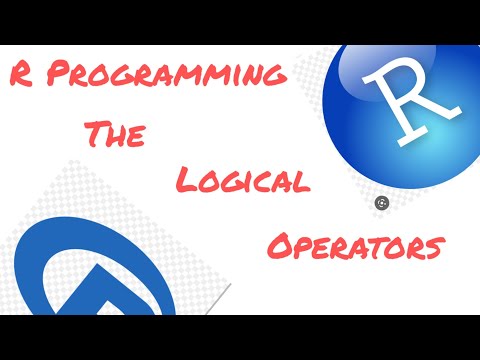
Found 12 images related to not equal in r theme



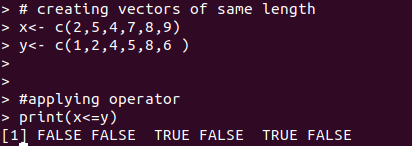



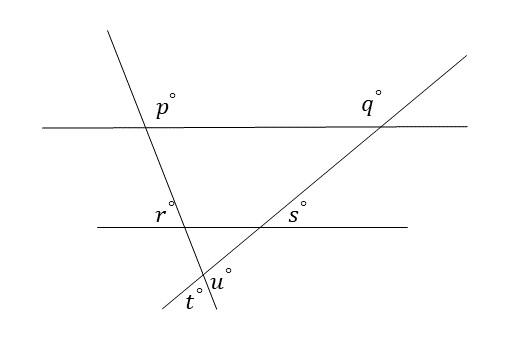
![T-Test in R Programming: One Sample & Paired T-Test [Example] T-Test In R Programming: One Sample & Paired T-Test [Example]](https://www.guru99.com/images/r_programming/032918_0821_TTestinROn2.png)





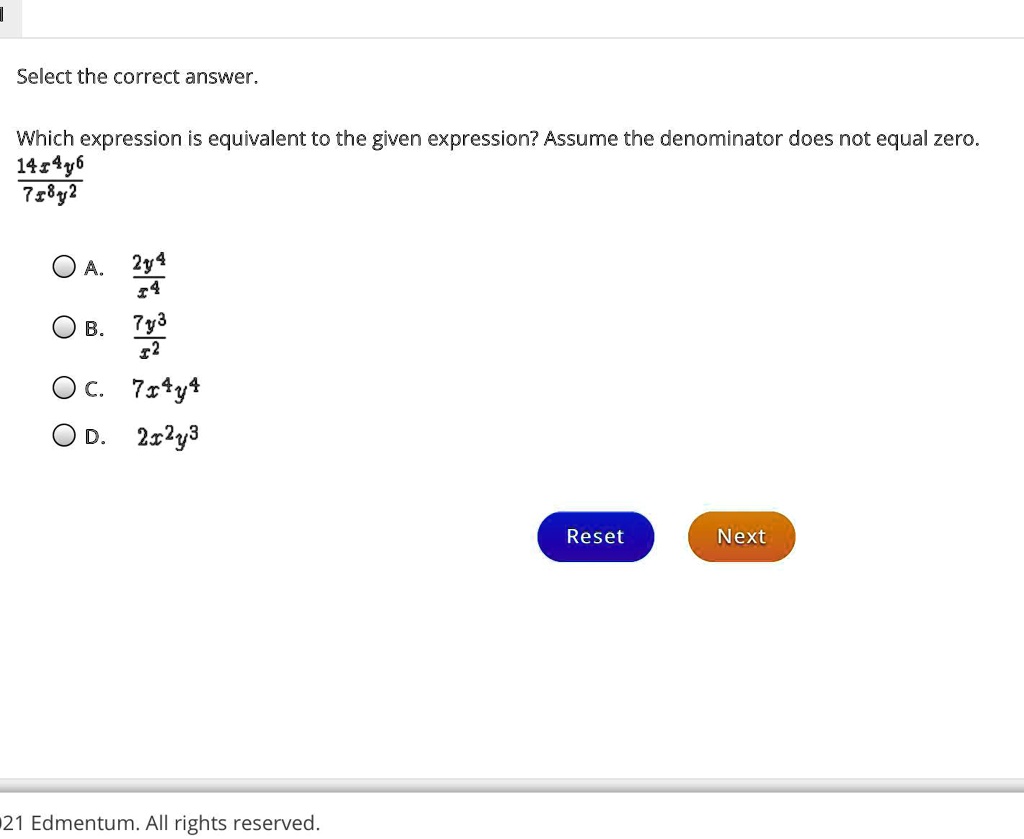


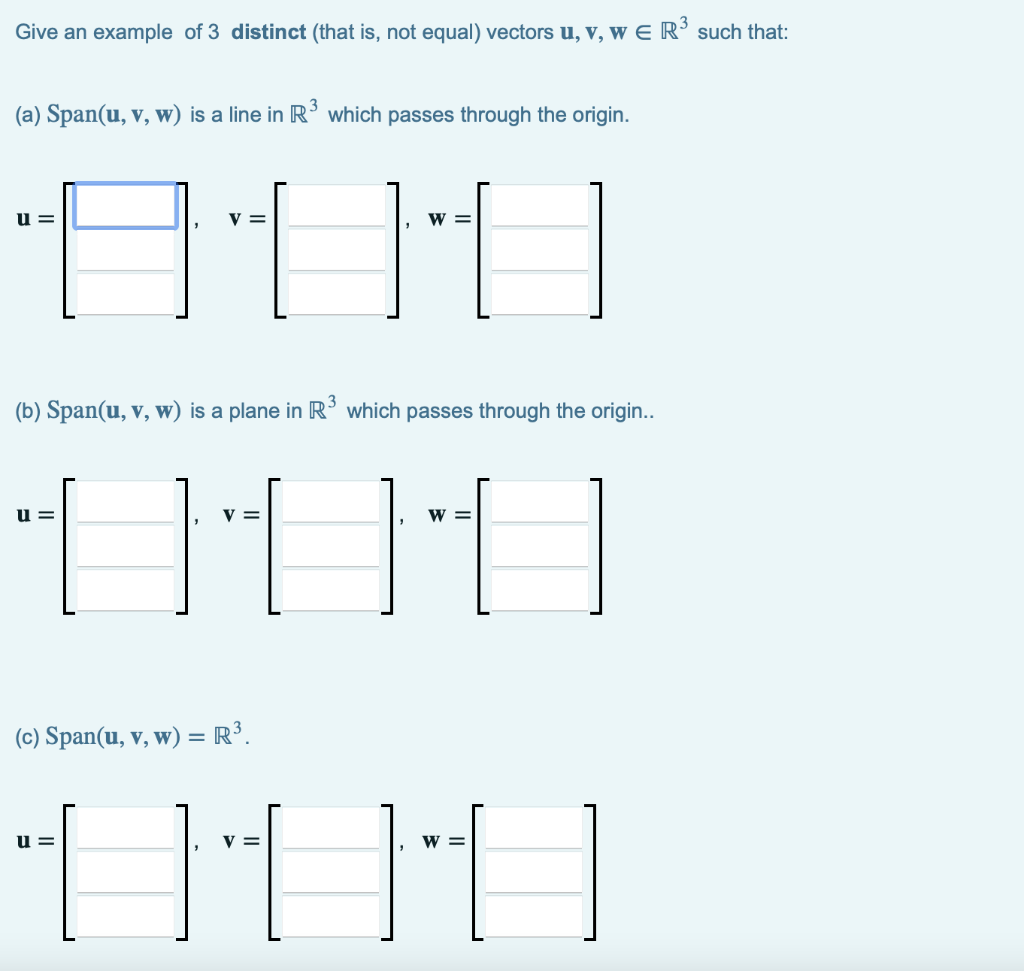
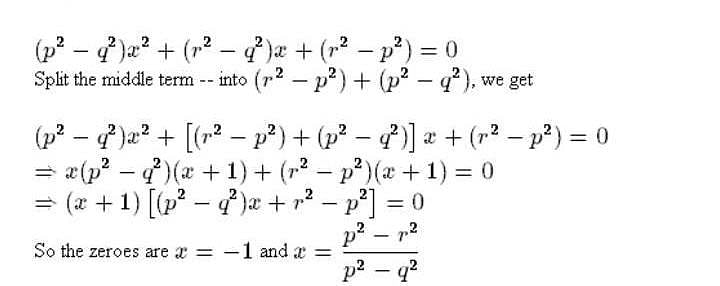



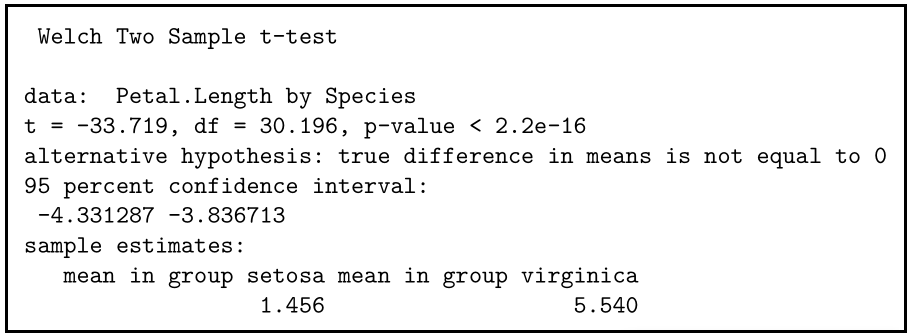


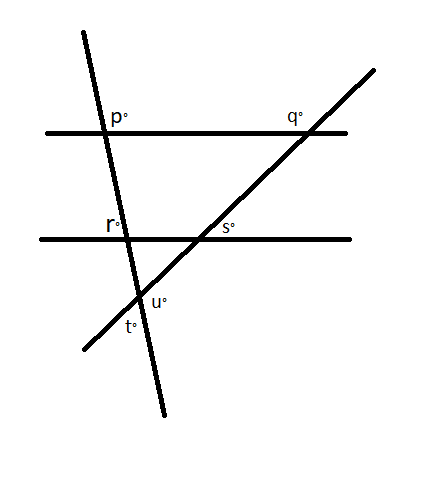
![T-Test in R Programming: One Sample & Paired T-Test [Example] T-Test In R Programming: One Sample & Paired T-Test [Example]](https://www.guru99.com/images/r_programming/032918_0821_TTestinROn3.png)
:max_bytes(150000):strip_icc()/R-Squared-final-cc82c183ea7743538fdeed1986bd00c3.png)
Article link: not equal in r.
Learn more about the topic not equal in r.
- What are comparison operators in R? – Educative.io
- What is the Not equal(!=) Operator in R – R-Lang
- R Not-Equal-To Operator – Examples – Tutorial Kart
- R | Operators – Codecademy
- If |r| is not equal to 1, is integer r even? : Data Sufficiency (DS)
- Usage of Dollar in R – Spark By {Examples}
- The Ultimate Guide to Relational Operators in R – Built In
- Operators – Quick-R
- if not equal to OR not equal to in R? – Stack Overflow
- How to Use “NOT IN” Operator in R (With Examples) – Statology
- Logical Operators
- Logical Comparisons in R – RPubs
See more: https://nhanvietluanvan.com/luat-hoc/